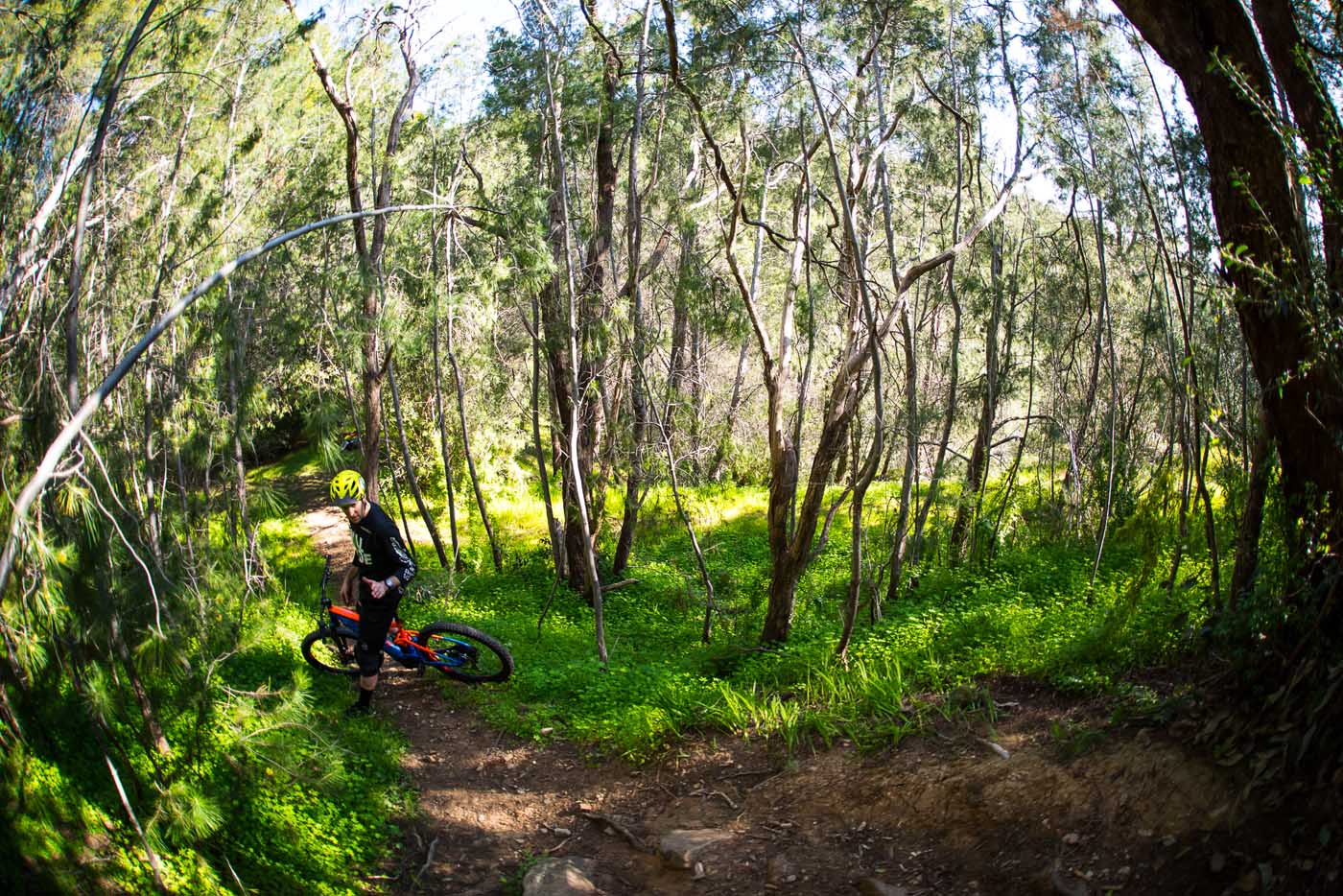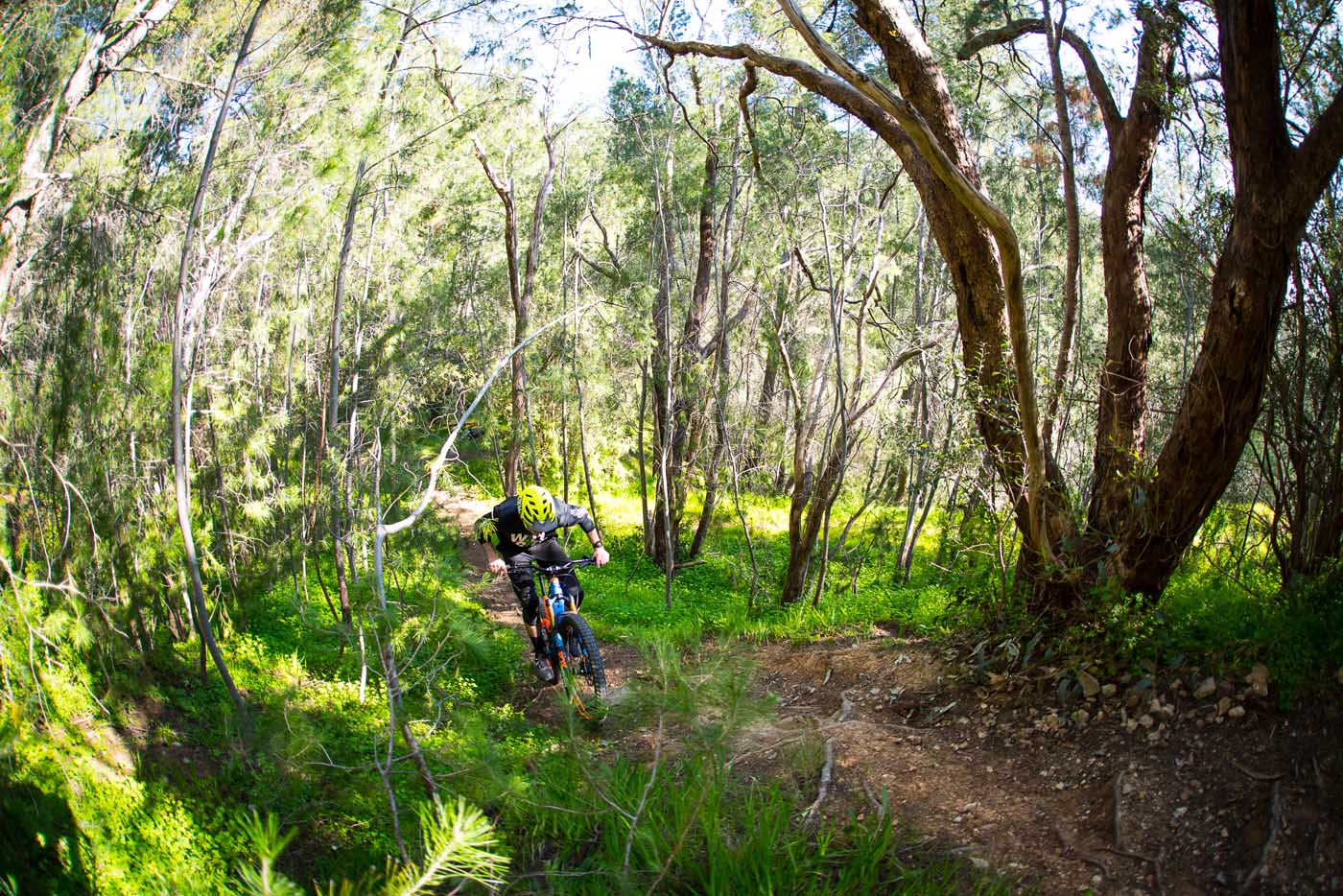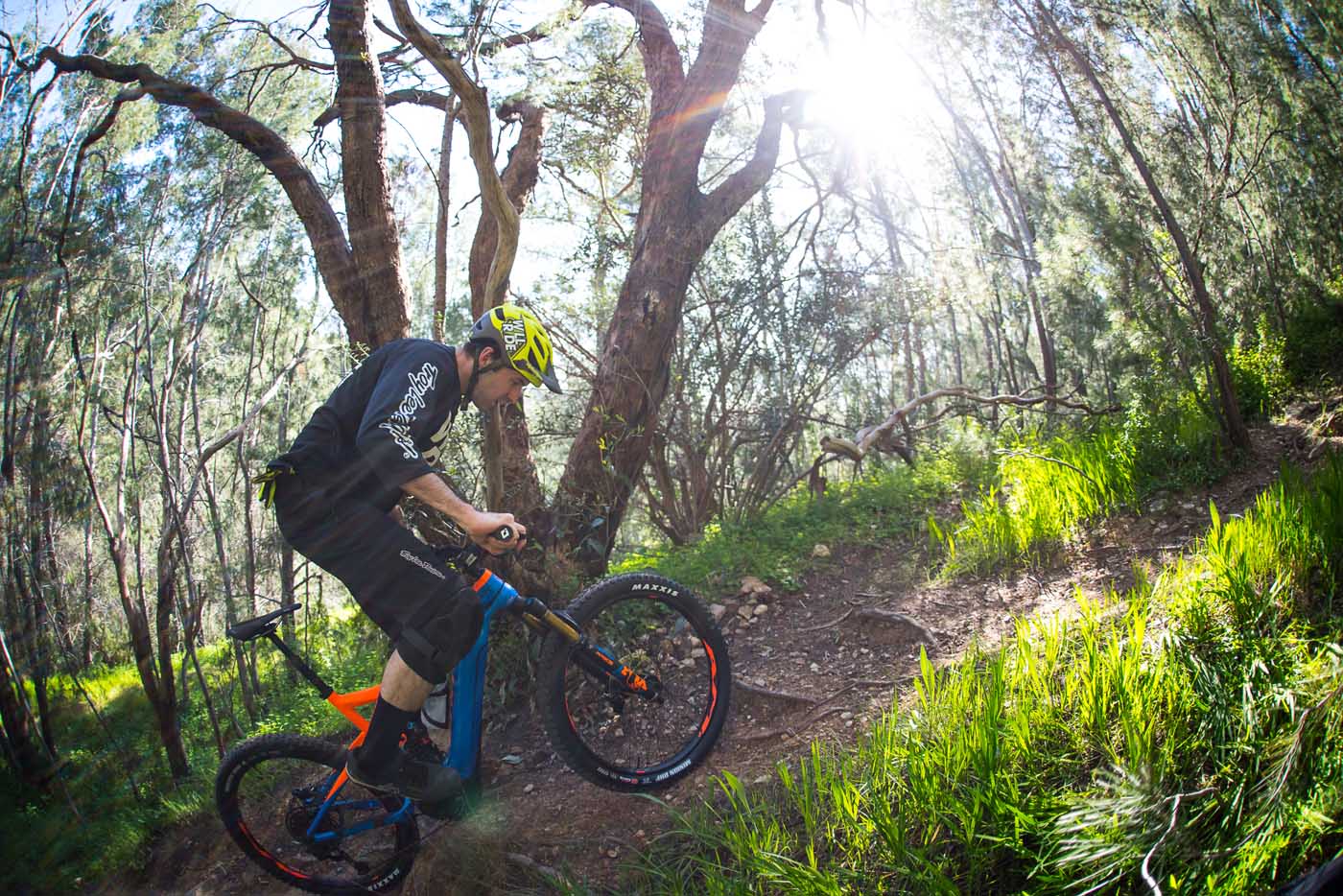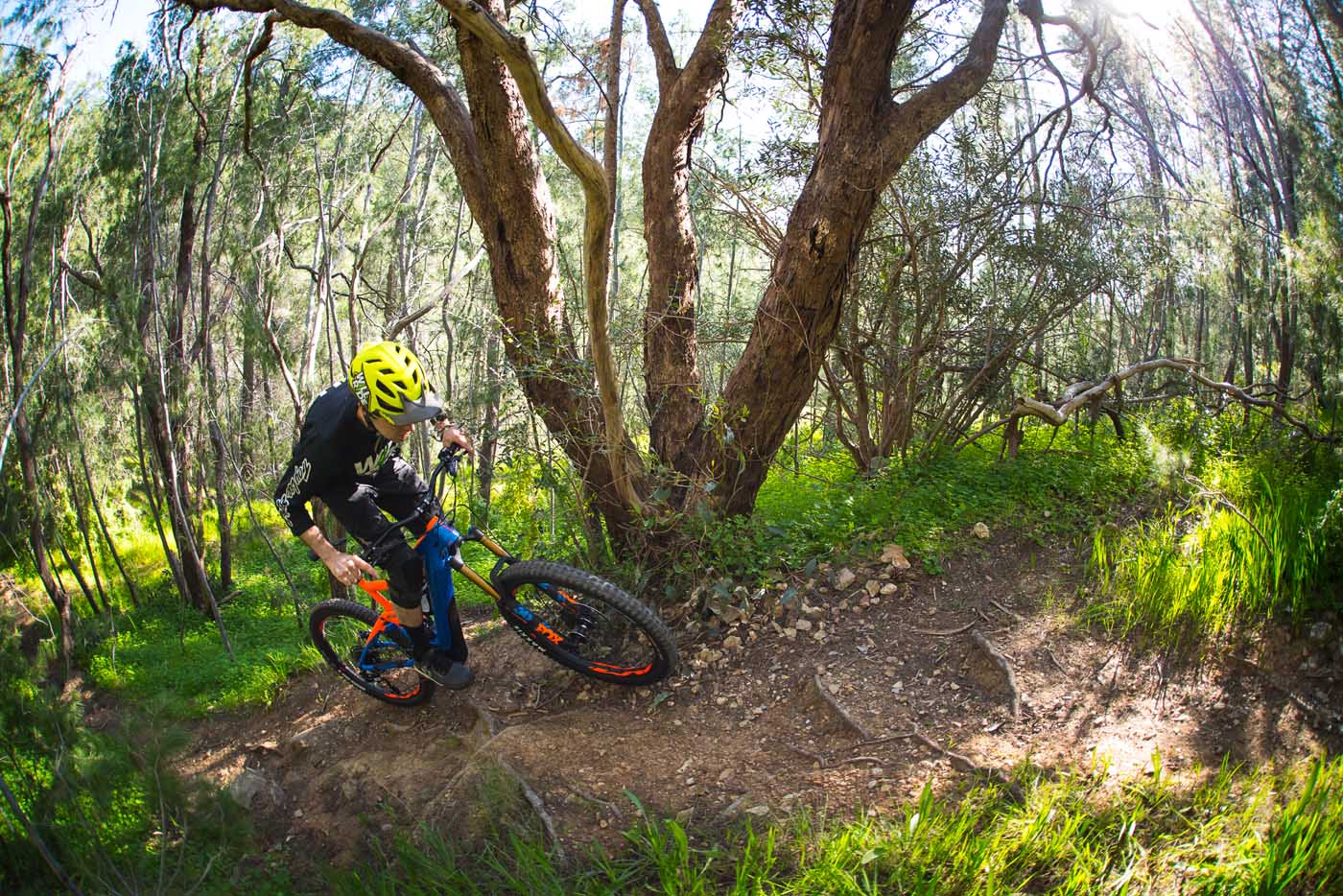You’d have to agree that above all else, E-bikes sure do love to climb! They have loads of torque in comparison to the weight of the bike. Whilst most e-bikes have 3 modes, some have 5. All with varying names for their modes, from ‘eco’ which is found on most bikes to ‘Ludicrous’ mode found on Rocky Mountain’s Powerplay e-bike. Managing the power output on steep climbs is a challenge. Some E-bike systems are capable of putting out up to 3 times the amount of load through your drivetrain than you can physically put out yourself, so be conscious of load on your chain. It is very easy to snap even a brand new chain, if the wrong gear and power mode are selected. Once you find the sweet spot for cadence and torque output, these bikes can often feel like you have selected low range, similar to your 4WD. This can be a lot of fun, and on steep technical climbs once you are in a rhythm it can sometimes feel like you are riding a trials motorbike (without the throttle).
Before getting stuck into the ‘how to’, we should point out that e-MTB and MTB are 2 separate disciplines, and although there are many cross-over skills, riding an e-MTB does require a slightly different style of riding and thought process. Setting yourself up before the pinch of the climb is super important so lets now go ahead and break down some of the elements you should consider for your approach.

1. If you’re tackling a new trail for the first time and you come to a really steep section, hop off your bike and take a look at your climb before you ride it. If you’re riding with a buddy or a group throw your ideas around collectively as to which line you think will be the best in order to make it to the top. Then, try to memorize that line.
2. Select your motor power mode (remembering it is a good idea to lower your power mode for loose soil, as this will help prevent wheel spin.)
3. Select your gear (One gear easier than you would on your normal MTB. Spin to avoid grinding a hard gear, as you could risk snapping a chain)
4. Lower your dropper post down to halfway or more (The steeper the climb, the lower the dropper post)
5. Stay seated in your saddle for as long as possible with the dropper down and lean forward while seated which will keep weight/traction on the rear wheel. Leaning forward will also help to keep your front wheel down. When it gets too steep and you are forced to stand and climb, be sure to keep your weight forward enough to stop front wheel lift, but rearward enough to stop wheel spin. (If you start to grind, shift to an easier gear well before the pinch in the climb)

6. Try to be as precise as possible with your front wheel placement as you begin the climb and the entire way up. If your front wheel gets offline it is likely your backwheel will do the same very soon thereafter.
7. Throughout the climb, continue to re-assess your line choice.
8. Don’t give up. Falling off is part of the learning process. Remember there always a way and always a line that will get you to the top of that sucker! Experimenting with different setups is half the fun and a great way to learn how your bike works! Set hill climb challenges with your buddies. Try different lines, different gears, different power modes, tyre pressures, tyre compounds, shock settings. The rest is up to your imagination. Ride on!
A common mistake that a lot of people make when attempting a steep climb on their e-Bike is that they’ll have their body weight too far forward, and this will cause the rear wheel to become ‘un-weighted’ and spin. Once that happens you’re almost certainly going to need to dab a foot and probably start the climb all over again.

Words // Will Rischbieth Photos // Kane Naaraat



